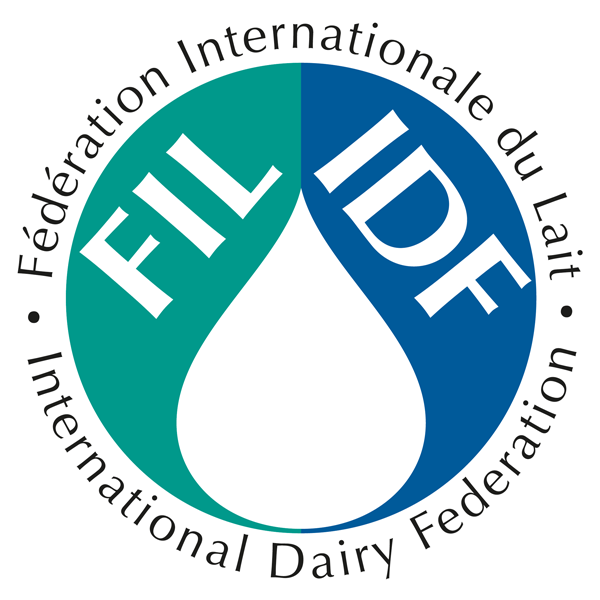Review of Shiga-toxin-producing Escherichia coli (STEC) and their significance in dairy production
Couldn't load pickup availability
Document info
| pages | 23 |
|---|---|
| published date | 24 March 2000 |
| reference | Other publication 19 |
Publication description
Choreh Farrokh, Kieran Jordan, Frederic Auvray, Kathleen Glass, Hanne Oppegaard,
Sabrina Raynaud, Delphine Thevenot, Robin Condron, Koen De Reu, Alexander Govaris,
Klaus Heggum, Marc Heyndrickxl, Joerg Hummerjohann, Denise Lindsay, Stephane Miszczycha,
Sylvie Moussiegt, Karen Verstraete, Olivier Cerf
International Journal of Food Microbiology
ABSTRACT: The involvement of the pathogenic Shiga-toxin-producing Escherichia coli (STEC; also called verocytotoxicproducing
E. coli or VTEC) in sporadic cases and disease outbreaks is presently increasing. Infrequent cases
are due to ingestion of milk and dairy products. As ruminants are healthy carriers of STEC and most dairy
products may provide these bacteria with favourable conditions for their growth, milk and dairy products are
a potential source of STEC. But not all STEC serotypes are pathogens; only relatively small numbers in the
entire family of STEC are pathogenic. This review focuses on the recent advances in understanding of STEC
and their significance in milk and dairy products. It is intended to gather the information that is needed to
understand how these bacteria are described, detected and characterised, how they contaminate milk and
grow in dairy products, and how the dairy industry can prevent them from affecting the consumer.
© 2012 Elsevier B.V. All rights reserved.
Download your free copy by clicking here


